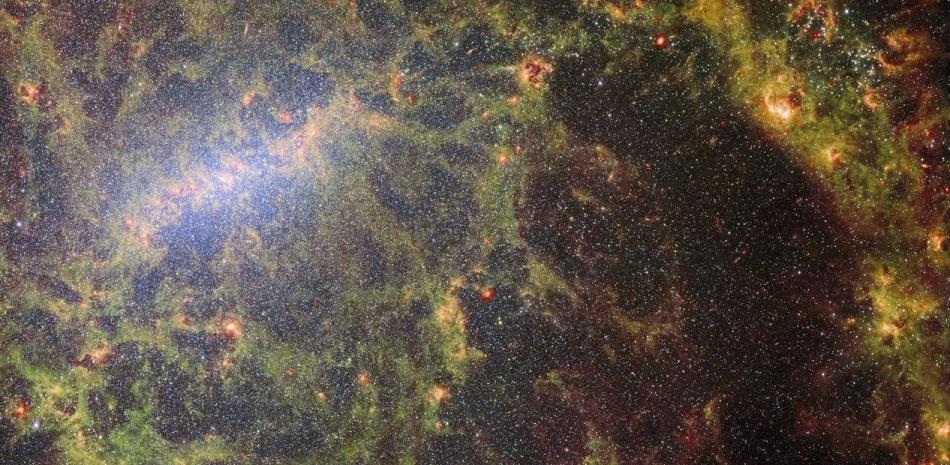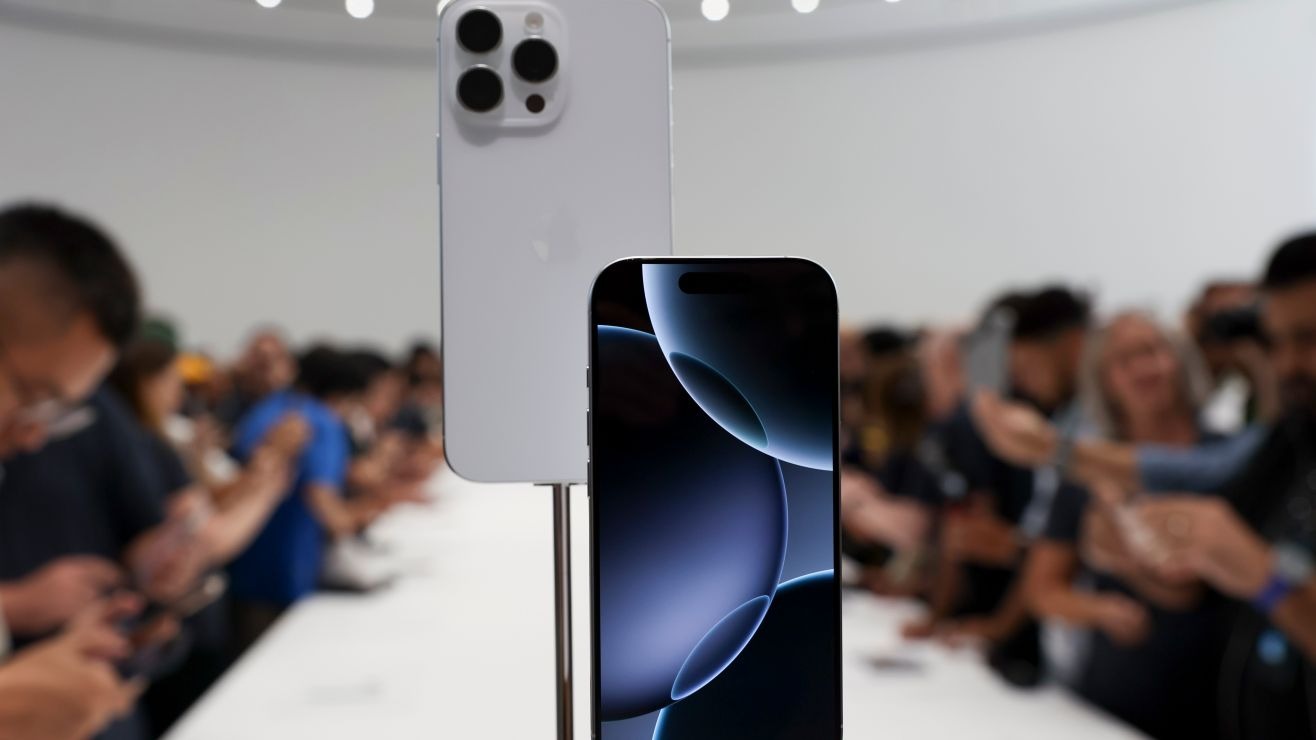After A quarter of a century lost in the vastness of spaceA Satellite Test reinvented. about this S73-7 Started in 1974 By America. This marked a significant advance in our understanding of wandering celestial objects and space debris.
A satellite calledInfrared Calibration Balloon (S73-7)“, began his journey into the void of space April 10, 1974. He did it under the space experiment program US Air Force.
With this the launch was carried out.Hexagonal structure”, which allowed the use of S73-7, 66 cm wideFrom a large satellite called KH-9 Hexagon Once in space. S73-7 aims to achieve a circular orbit 800 kilometers high.
The original purpose of S73-7 was to raise and serves as a calibration target For remote sensing instruments, a failed target during deployment can lead to the satellite being lost in a vast area of space and becoming part of the growing space debris graveyard. However, it was Rediscovered in April Thanks for tracking the data from 18th United States Space Force Space Defense Squadron.
In an interview Gizmodo, Jonathan McDowellAstrophysicist Harvard-Smithsonian Center for AstrophysicsAn examination of the data files showed that The satellite disappeared On two previous occasions, the radar One in the 70s and one in the 90s. McDowell explained: “The problem is that it may have a very low radar cross section”. This makes it difficult to detect on radars.
“Maybe what they're tracking is a dispenser or part of a balloon that's not being used properly, for example.” Not metal and will not show up properly on radar” said the astrophysicist.
Identifying and tracking the more than 20,000 objects in orbit is a considerable challenge because it requires Application of ground based radars and optical sensors Find space debris and assign it to a satellite inventory. home work This becomes more complicated in retrieving items that have been lost from sight.As in the case of S73-7.
After departure, the Teams of engineers on the ground have a clear idea of the target The end and altitude of the satellite is expected to vary. Once this information is recorded, they have the ability to track its evolution and compare it to the satellite's last known position.
however, Changes in planned maneuvers or orbital deviations of the satellite represent additional effort By engineers to relocate it: “If you don't know exactly where the maneuver was carried out, You may have trouble finding it” McDowell explained.
That's why the rediscovery of S73-7 is an important milestone for thousands of satellites and those dedicated to tracking orbital debris. However, as McDowell makes clear, as the number of satellites launched into space increases, The task of monitoring and understanding the spatial environment becomes more complex.
“If you have recent orbital data and a lot of objects aren't in the same orbit, it's an easy match,” McDowell explained about the process of identifying lost objects. I add: “If you're missing one or two items, it's no big deal. But you want to do a great job.
This discovery demonstrates the importance of maintaining constant surveillance over our space environment. But, at the same time, it is estimated that this will become difficult due to the number of satellites launched into orbit in the future. The discovery of the S73-7 was a success.

:quality(85)/cloudfront-us-east-1.images.arcpublishing.com/infobae/YVT2WGE5YVGEJASYQ7JKEUNCWU.jpg)



:quality(85)/cloudfront-us-east-1.images.arcpublishing.com/infobae/KTKFKR763RBZ5BDQZJ36S5QUHM.jpg)